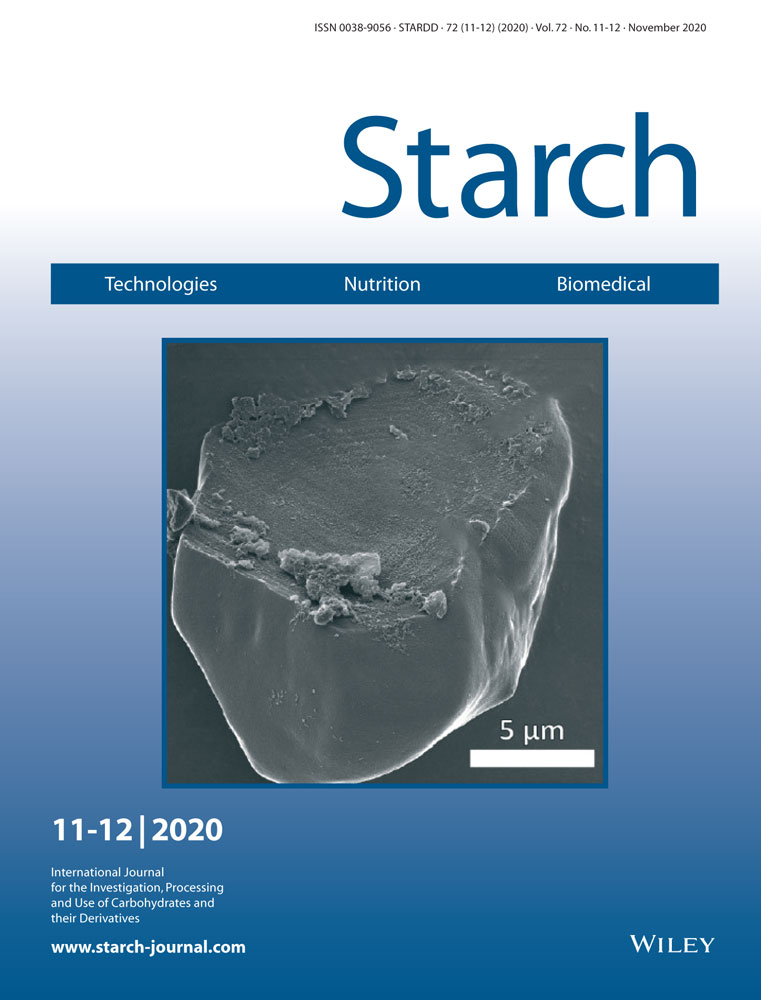Carboxymethyl Starch/Medium Chain Fatty Acid Compositions: Rheological Changes During Storage and Selected Film Properties
Abstract
Aqueous carboxymethyl starch (CMS) compositions in the presence of medium chain fatty acids: caprylic and pelargonic and their rheology are studied during storage of up to two months. For comparison purposes, selected compositions based on slightly crosslinked CMS (cCMS) and carboxymethyl cellulose (CMC) are investigated. Substantial differences of neat CMS and CMC solution viscosity behavior versus systems based on carboxymethylated polysaccharides in the presence of fatty acids are found and discussed. Aqueous carboxymethylated polysaccharide/fatty acid systems are cast and films characterized by FTIR, moisture sorption degrees and transparency determination. Additionally, preliminary microbial tests for compositions are performed. CMS films with the presence of fatty acids exhibit a decrease in moisture sorption and transparency as compared to the reference CMS film. Paper disks covered with carboxymethylated polysaccharide-based compositions show inhibited activity towards growth of Aspergillus flavus spores whereas coatings containing more than 10 pph fatty acid on polysaccharide exhibit antifungal properties against various spores (A. flavus, Aspergillus niger, Candida albicans).
Conflict of Interest
The authors declare no conflict of interest.




